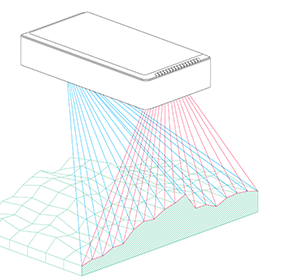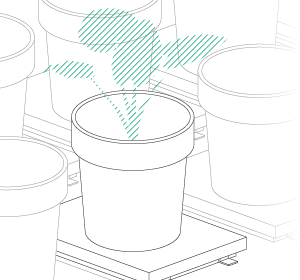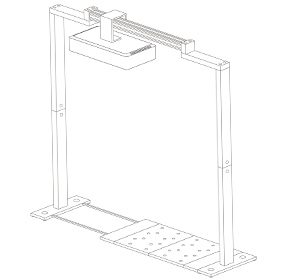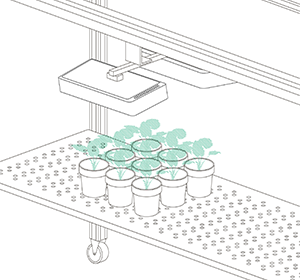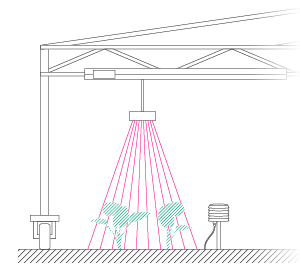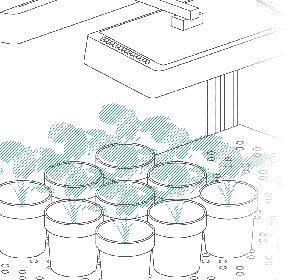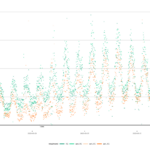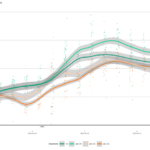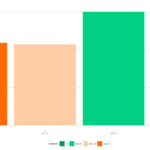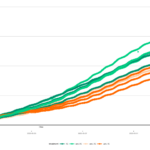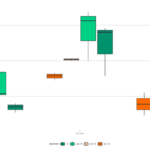How to Calculate Drought-related Plant Parameters from Phenospex Data
With global warming on the rise, the agricultural industry is confronted with significant challenges in the form of drought, heat, and soil salinization. The conditions significantly threaten agricultural productivity, necessitating the breeding of drought-tolerant genotypes and the screening of agrochemicals that protect plants from abiotic stress.
Phenospex offers advanced high-throughput and non-destructive plant phenotyping solutions, such as FieldScan and TraitFinder. These innovative products enable users to gather comprehensive data, including 3D imaging, multispectral analysis, gravimetric measurements, and environmental information, empowering users to analyze plants and identify traits that promote water use efficiency. By effortlessly extracting data from HortControl, users can calculate essential parameters associated with abiotic stress, such as drought, heat, and salinity. Furthermore, our method paper not only outlines the calculation of these parameters but also provides a user-friendly, step-by-step guide on how to visualize them in R.
Method paper
This method paper provides a detailed explanation of how data collected from DroughtSpotter and PlantEye can be transformed into vital parameters that characterize the water use and transpiration response of plants. These parameters include:
- Evapotranspiration signal
- Evapotranspiration (g)
- Evapotranspiration rate (g/h)
- Normalized evapotranspiration rate (g/h/m2)
- Water Use Efficiency (WUE)
By utilizing these parameters, it becomes easier to evaluate and compare different cultivars, treatments, or environmental conditions in terms of their enhanced ability to withstand drought.
Download
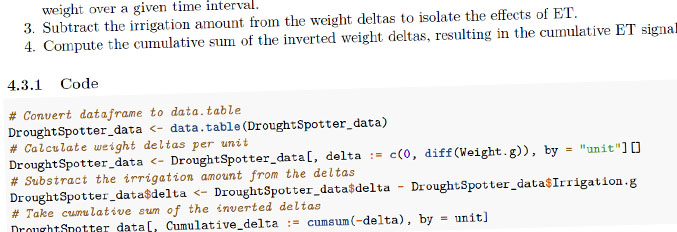
In this download you will find the paper, R-scrips and demo data of DroughtSpotter and PlantEye. We Generate a download link and you will receive it on your e-mail:
*click once and check your email. Due to a technical error you will not get direct feedback here.

